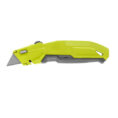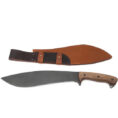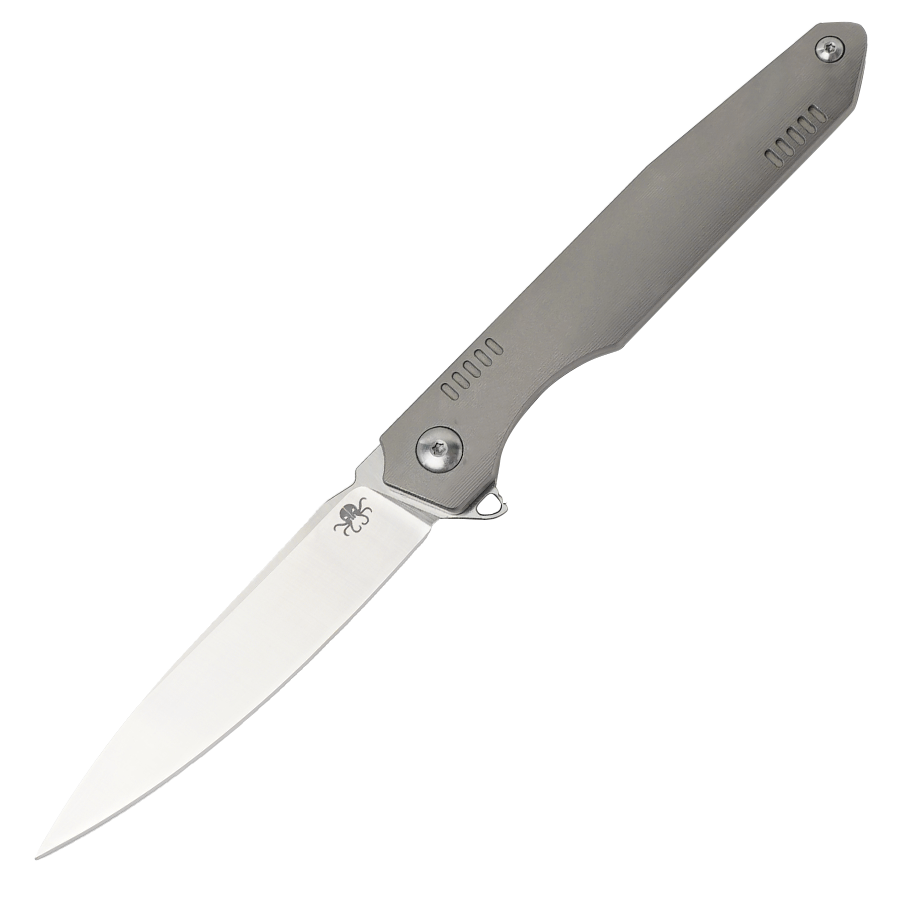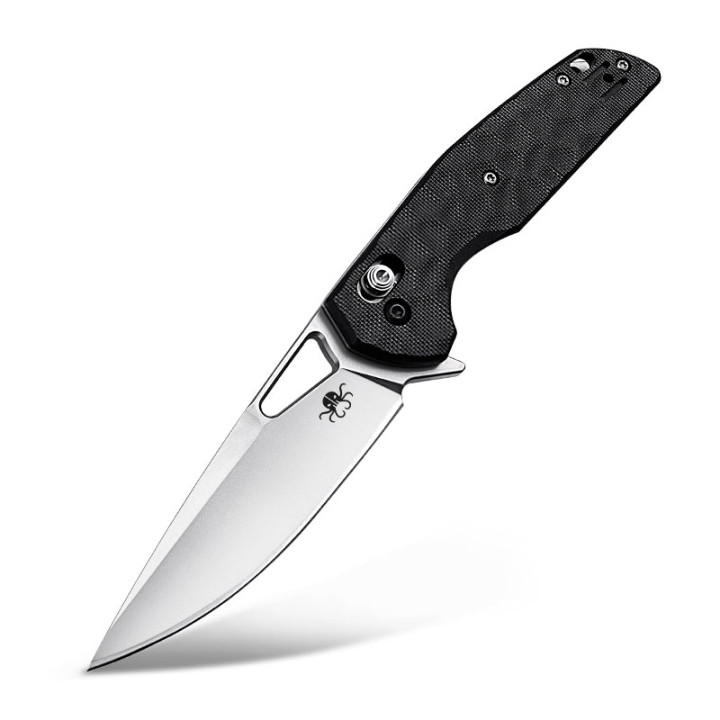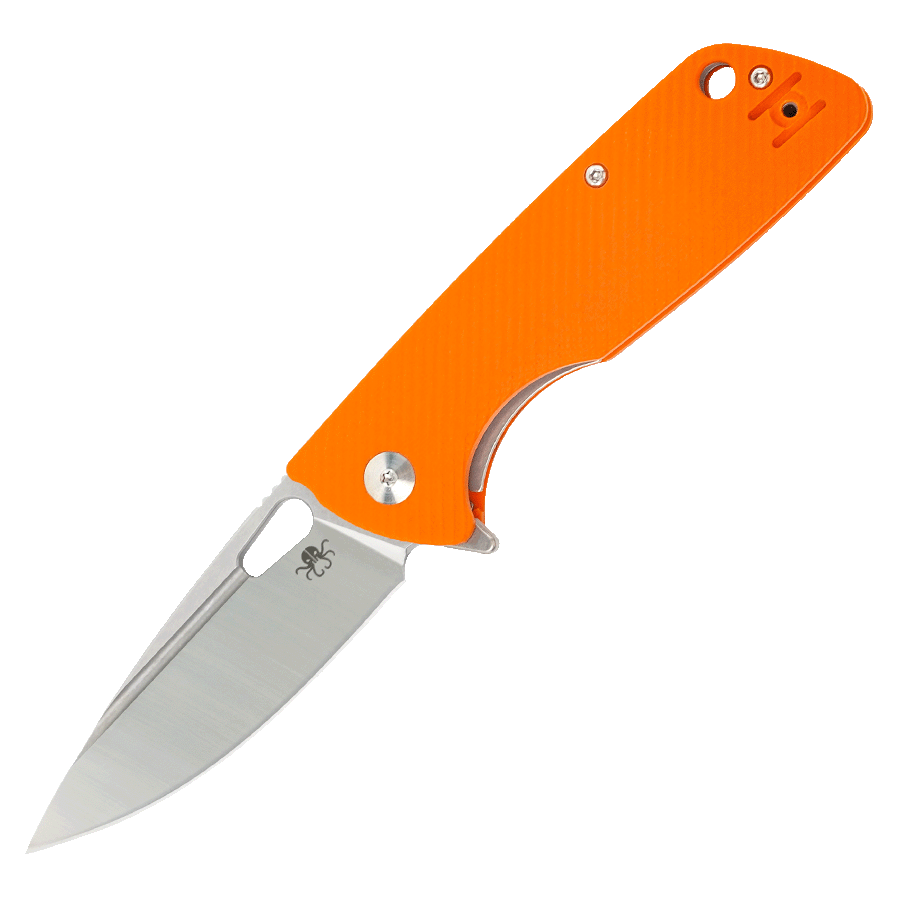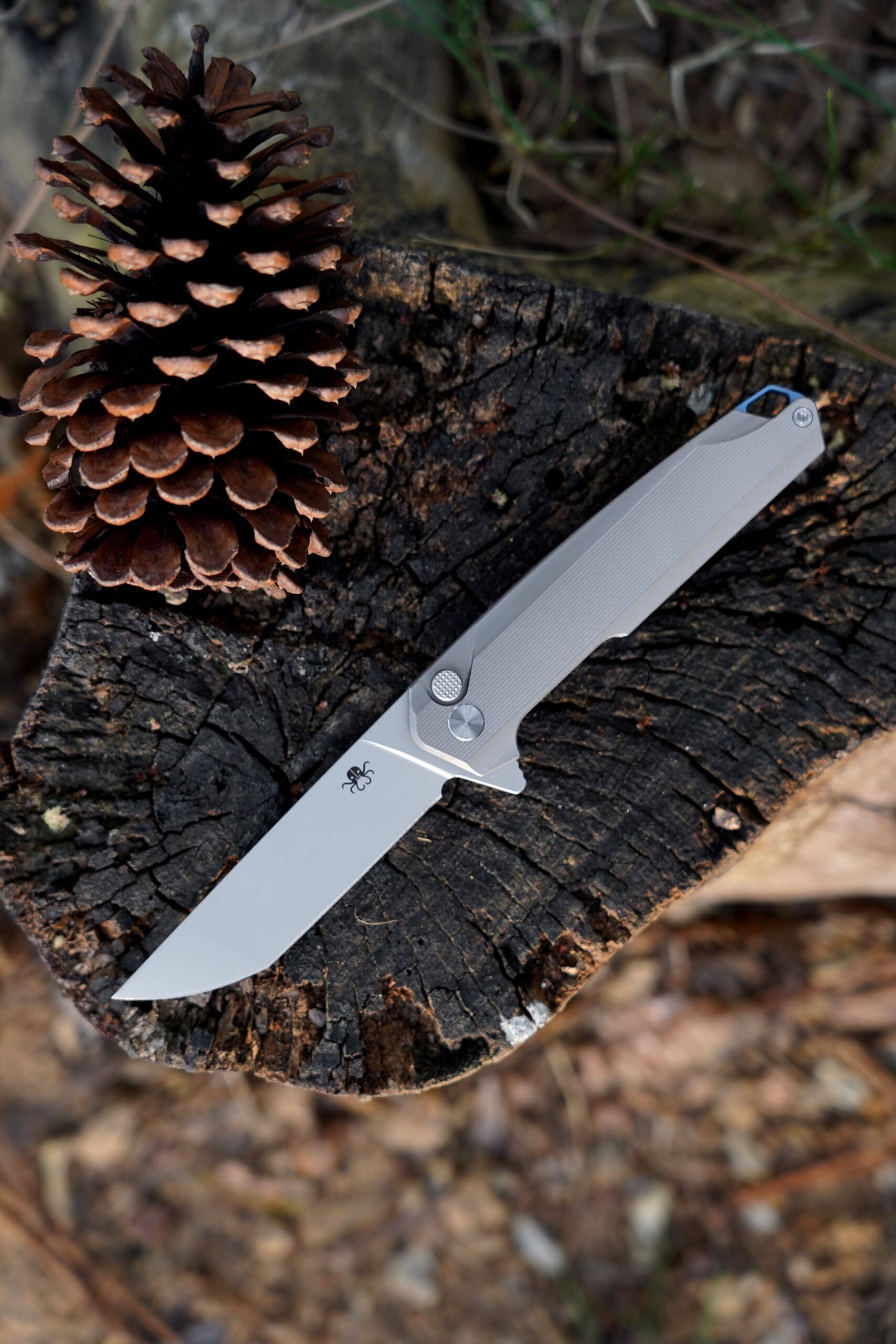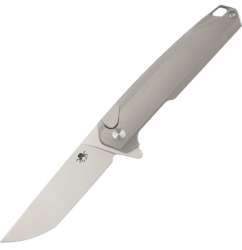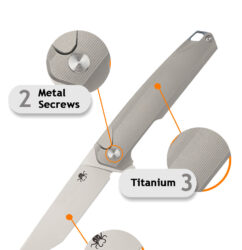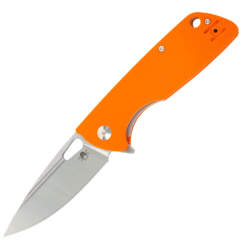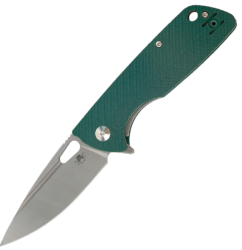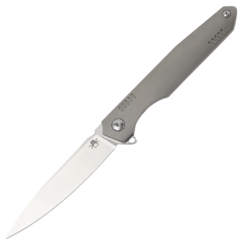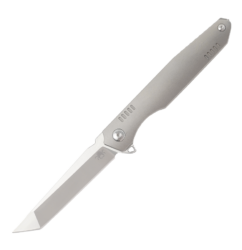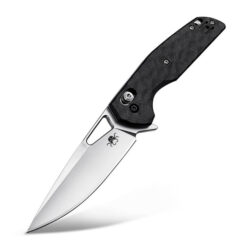The Necessity of a Lock on a Folding Knife: Safety and Functionality Considerations
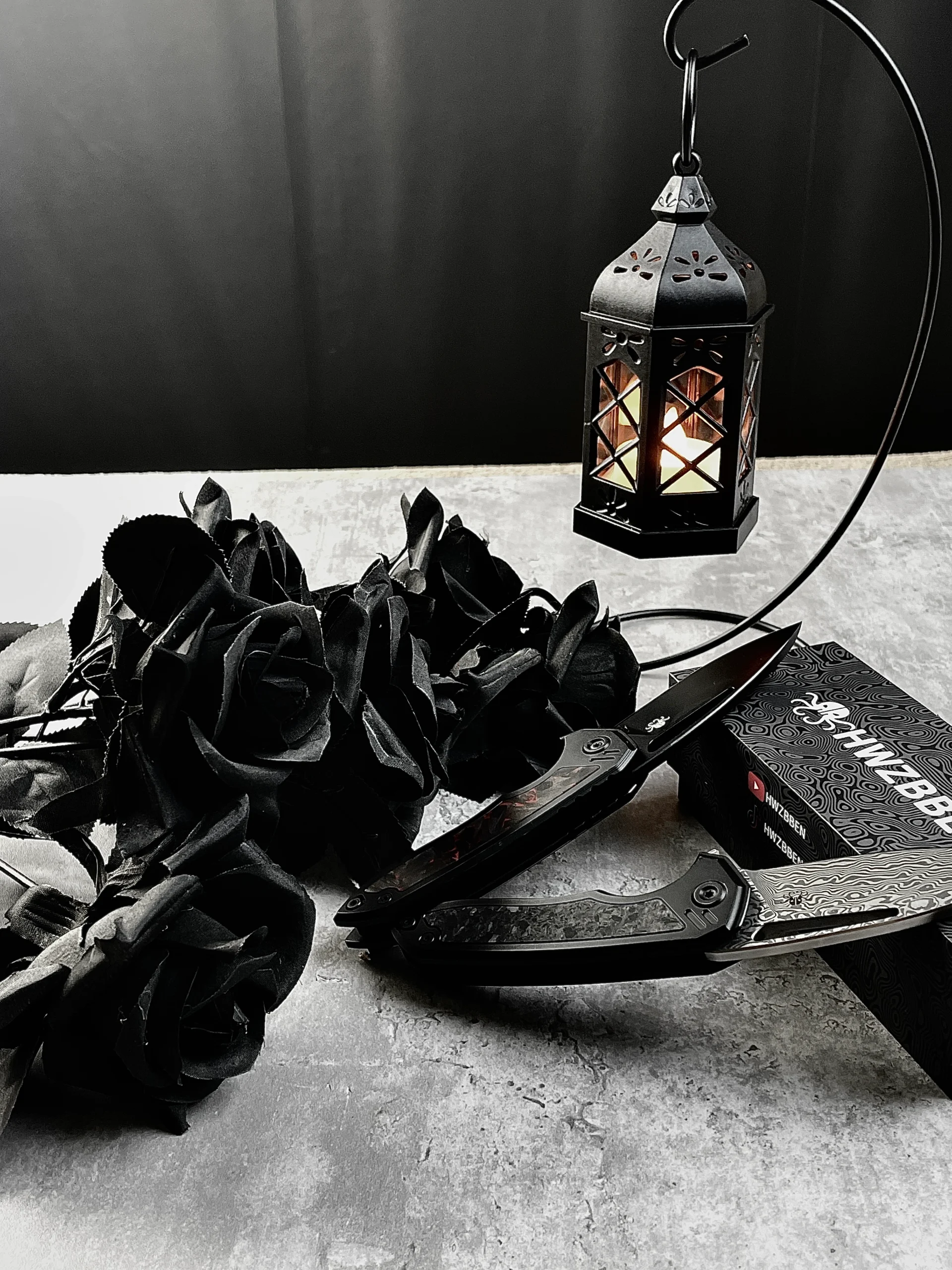
Introduction
The folding knife has been an essential tool for humanity for centuries, evolving from simple pocket knives to sophisticated modern designs. One of the most debated features in folding knife design is whether a locking mechanism is necessary. While some users prefer the simplicity of non-locking slip joint knives, others insist on the safety provided by locking blades. This article examines the arguments for and against locks on folding knives, exploring safety considerations, legal implications, practical applications, and technological developments in locking mechanisms.
The Safety Argument for Locking Mechanisms
The primary reason to have a lock on a folding knife is safety. When a blade locks in the open position, it significantly reduces the risk of accidental closure during use. Imagine using a folding knife to cut through tough materials like rope or cardboard—without a lock, the blade could potentially fold back onto the user’s fingers, causing serious injury. Locking mechanisms prevent this dangerous scenario by keeping the blade securely in place until the user intentionally releases it.
Modern locking systems like liner locks, frame locks, and axis locks have become increasingly reliable. These mechanisms typically require deliberate action to disengage, making accidental closure nearly impossible during normal use. For professionals who use knives extensively—such as carpenters, electricians, or outdoor enthusiasts—this added security can mean the difference between a job well done and a trip to the emergency room.
The Case Against Locks: Tradition and Simplicity
Opponents of locking mechanisms argue that traditional slip joint knives have served humanity well for generations without locks. These knives rely on spring tension to keep the blade open during use and closed when not in use. Advocates for non-locking knives appreciate their simplicity, lighter weight, and often slimmer profile, which makes them more pocketable for everyday carry.
In some jurisdictions, the presence of a locking mechanism actually changes the legal classification of a knife, potentially making it illegal to carry without proper permits. This legal distinction makes non-locking knives preferable for users concerned about compliance with local weapons laws. Additionally, some purists believe that learning proper knife techniques with a non-locking knife develops better habits and respect for the tool’s potential dangers.

Practical Applications and User Needs
The necessity of a lock often depends on the intended use of the knife. For light-duty tasks like opening packages or cutting string, a non-locking knife may be perfectly adequate. However, for more demanding applications—such as camping, hunting, or emergency situations—a locking blade provides the stability and confidence needed for precise, forceful cuts.
Workers in various trades often prefer locking knives because they can apply more pressure without worrying about blade closure. Outdoor enthusiasts appreciate locks when dealing with unpredictable situations where a slipping blade could be dangerous. The military and law enforcement communities almost universally require locking mechanisms for their folding knives due to the critical nature of their work.
Technological Advancements in Locking Mechanisms
Knife manufacturers have developed numerous innovative locking systems to address safety concerns while maintaining ease of use. The liner lock, invented in the 1980s, uses a spring-loaded metal liner to block the blade from closing. The frame lock is a variation where part of the knife’s frame itself moves to lock the blade. More recent designs like the axis lock and compression lock offer ambidextrous operation and often stronger lockup.
These technological improvements have made modern locking knives more reliable than ever before. Many contemporary locks can withstand significant force without failing, giving users confidence in their tools. Some high-end knives even incorporate multiple locking mechanisms for added security in extreme situations.
Conclusion
While the need for a lock on a folding knife ultimately depends on individual circumstances and preferences, the safety benefits of locking mechanisms make them highly advisable for most users. The minimal added weight and complexity are reasonable trade-offs for the significant reduction in accident risk. As locking technologies continue to improve and legal landscapes evolve, locking folding knives will likely remain the standard for serious users who value both safety and functionality in their everyday carry tools. Whether you choose a locking or non-locking model, proper knife handling and maintenance remain paramount for safe use.



